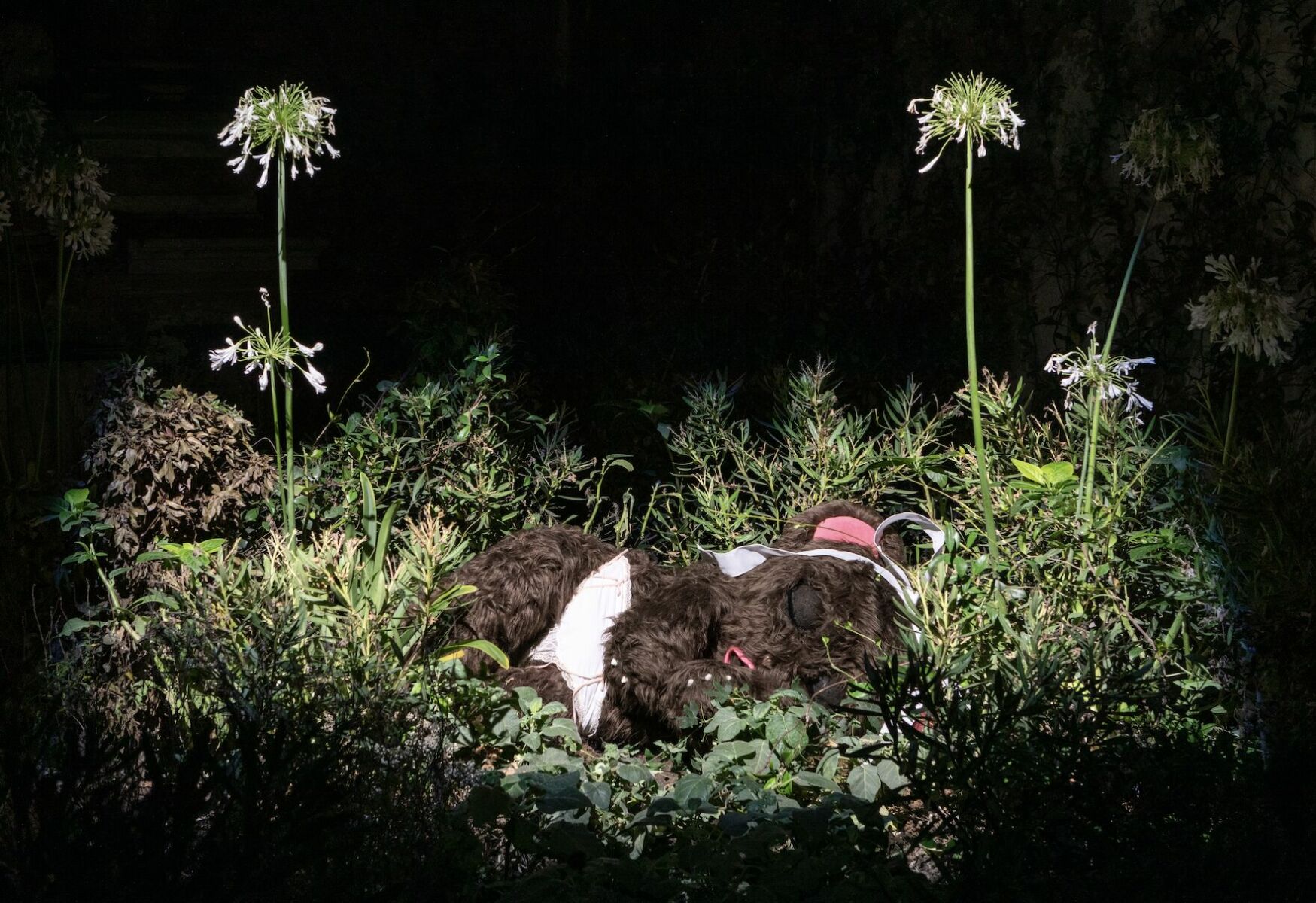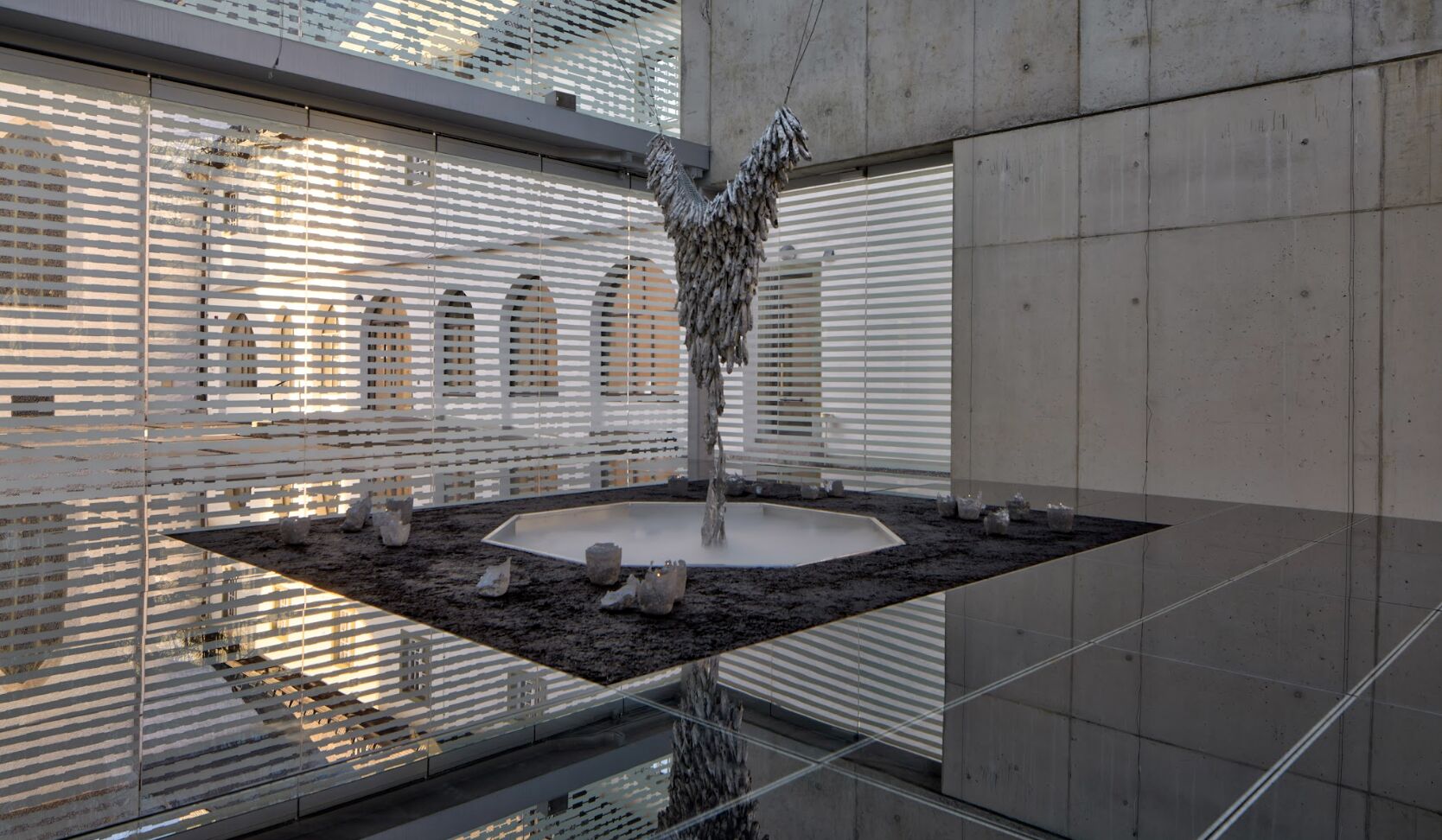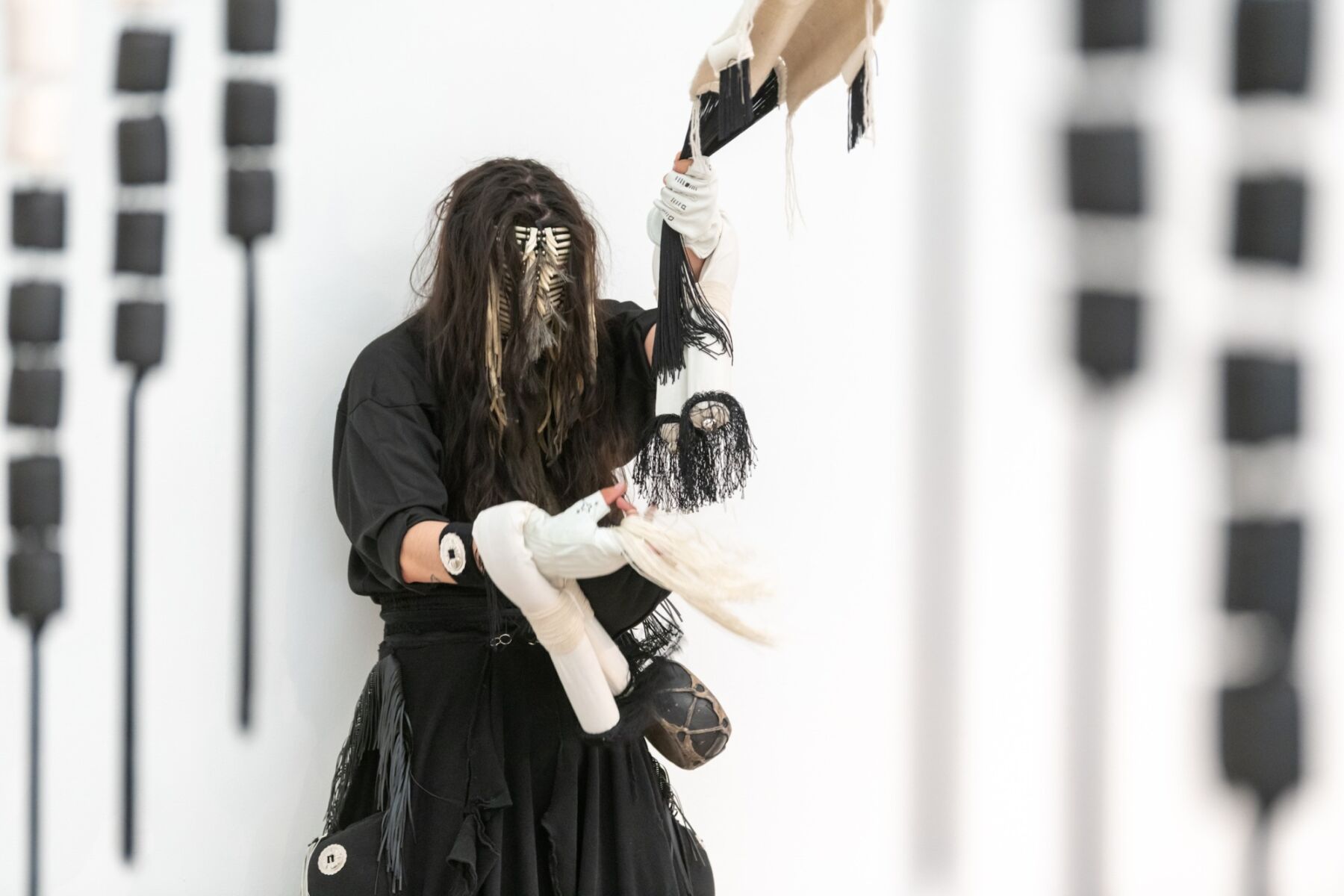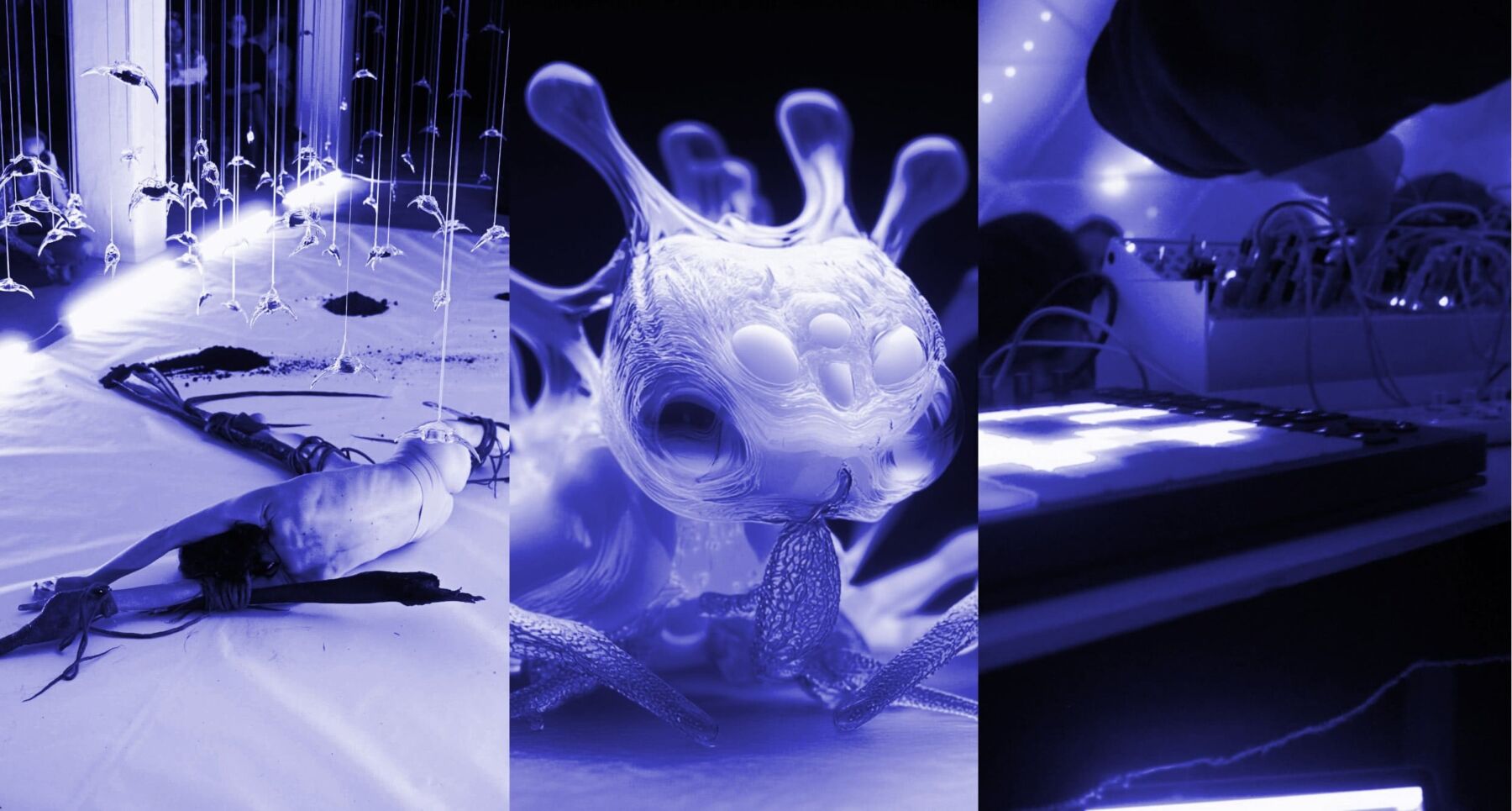Text by Jacobo García
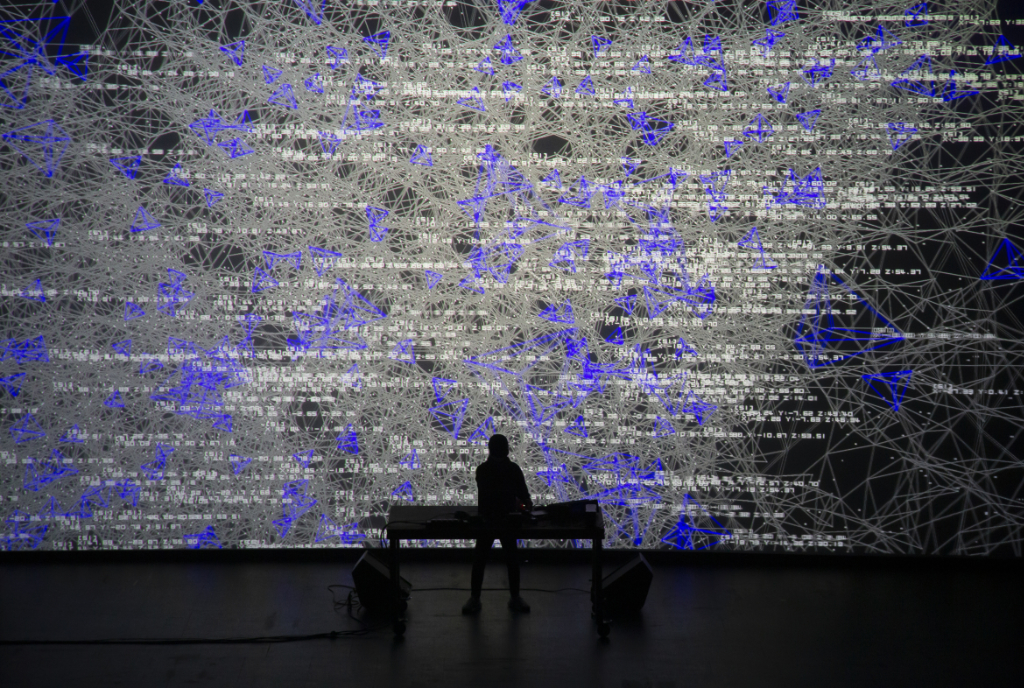
L.E.V. Gijón 2025 took place in Asturias, the region of Spain with the lowest percentage of young people [1], at just 12%, compared to the national average of 15.9% and the European average of 16.2%. Around 100,000 young individuals reside in this autonomous community, with a population of over one million. During the 1980s, the region struggled to adapt to a services economy, when many manufacturing industries and coal mines closed. Asturias also experienced a population decline driven by emigration and demographic trends.
The contrast is most striking when you look around; nature is everywhere. With an average of 120 days of rain annually, green dominates the landscape, and mild, gorgeous summers and wet, windy winters are the norm. Its many small towns and cities are charming and clean. In the streets and on the houses’ facades, everything is set in order and well taken care of. Asturias is a wonderful place to live.
Techno has historically dominated Asturias’ electronic scene from the vibrant 90s of La Real [2], a club that took the name from Surgeon’s Counterbalance classic, to the present, with Oscar Mulero, the techno legend who set his base of operations in Gijón long ago. While Techno was at the avant-garde of the late 80s and early 90s, Asturias was fully committed to the experience.
But as time passes, every generation has its heyday. In a moment, people moved to more significant matters in life: work and family. During those years, other forward-thinking forms of music appeared. La Real, located in the capital, Oviedo, closed in 2005, and the L.E.V. festival was founded in 2006.
L.E.V. started two years later with a radical proposal: Plaid, Apparat, Luomo, Ryoichi Kurokawa, Mouse on Mars, Thomas Fehlmann, and Claro Intelecto. Musically, it was a substantial departure from the past, focusing on more complex, nuanced, self-reflecting music. Appreciating it requires curiosity, dedication, and energy. It runs away from Techno straight-out debauchery.
This context is essential to understanding the cultural weight of L.E.V. The festival is a vital avenue in a place with just a few routes to new things. It opens a window to the world for many people, connects them to the different, to other possibilities, and does it cleverly: through memorable experiences.
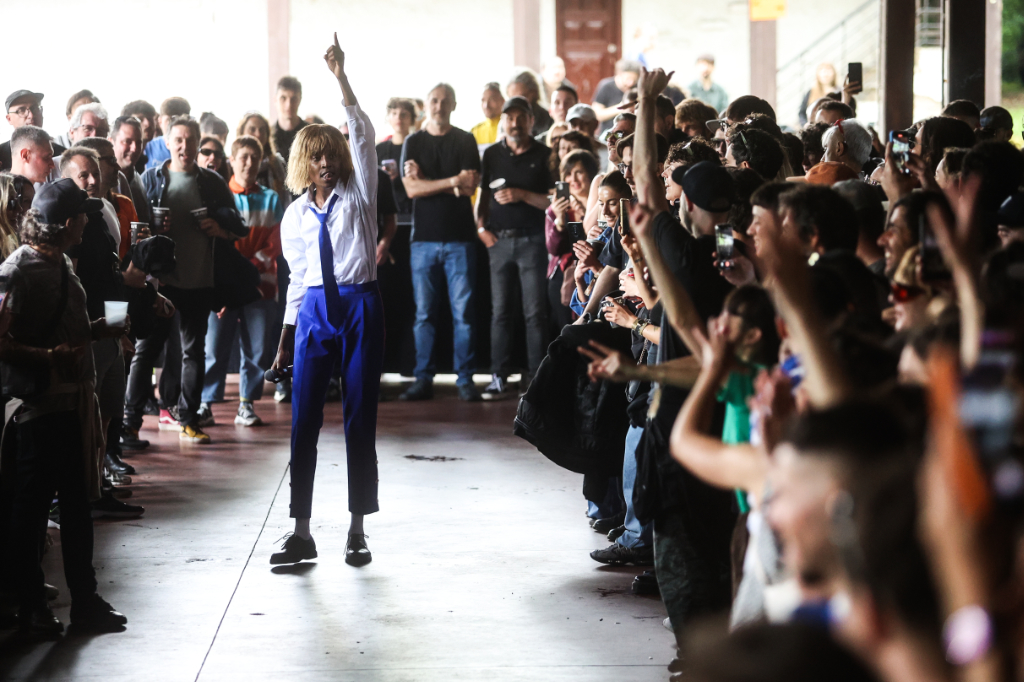
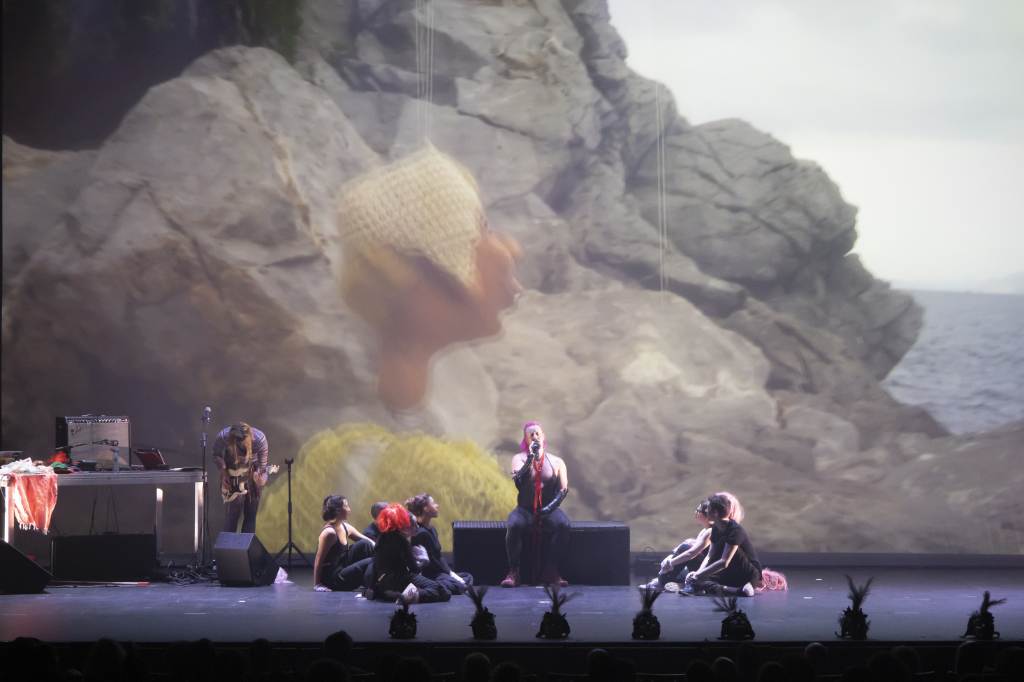
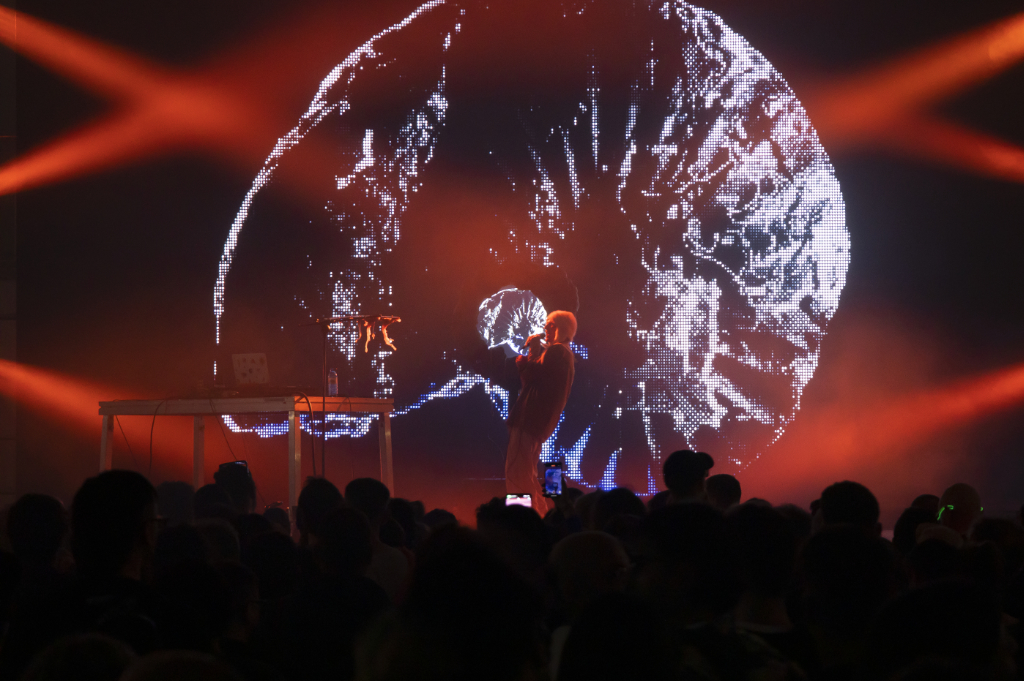
I reflected on those ideas while Kabeaushé annihilated the Muséu del Pueblu d’Asturies [3]. Dressed in a flamboyant suit and exuding charisma, the Kenyan started the show by playing a few Asturian folkloric songs, initiating a massive response. By the middle of the show, Kabeaushé was effortlessly assembling a 300-person friendly mosh pit on a sunny Saturday afternoon.
The show was a masterclass on how to earn an audience. Right before, Lila Tirando a Violeta levelled the terrain with a harsh-sounding, emphatic but at the same time intimate performance. Using distortion, a rave sonic palette, and a voice modifier device, the Uruguayan producer flawlessly oscillated between wild intensity and breaking intimacy.
This festival segment, done on a Saturday afternoon, is probably the most amicable. But it does an excellent job of bringing the usually stiff-upper-lip experimental scene to a general audience and, more importantly, younger music fans while showcasing the festival curation and its values.
I’ve been attending L.E.V. since 2011. After all those years, it’s satisfying to witness how the programmers engage with the festival’s history, subverting the audience’s expectations about who should play at L.E.V. This was quite apparent on Friday night, with the juxtaposition of Ryoji Ikeda, a L.E.V. staple and a descriptive example of what the audience comes to see with Colin Self.
Those two artists couldn’t be more different in their conceptual, musical or visual approach, both executed stunning shows, but what it was refreshing, was to witness perform an artist like Colin Self, unashamedly queer, a true iconoclast after the minimal, restrained, pure show of Ikeda. And the audience went for it, a few years ago, some would have fled.
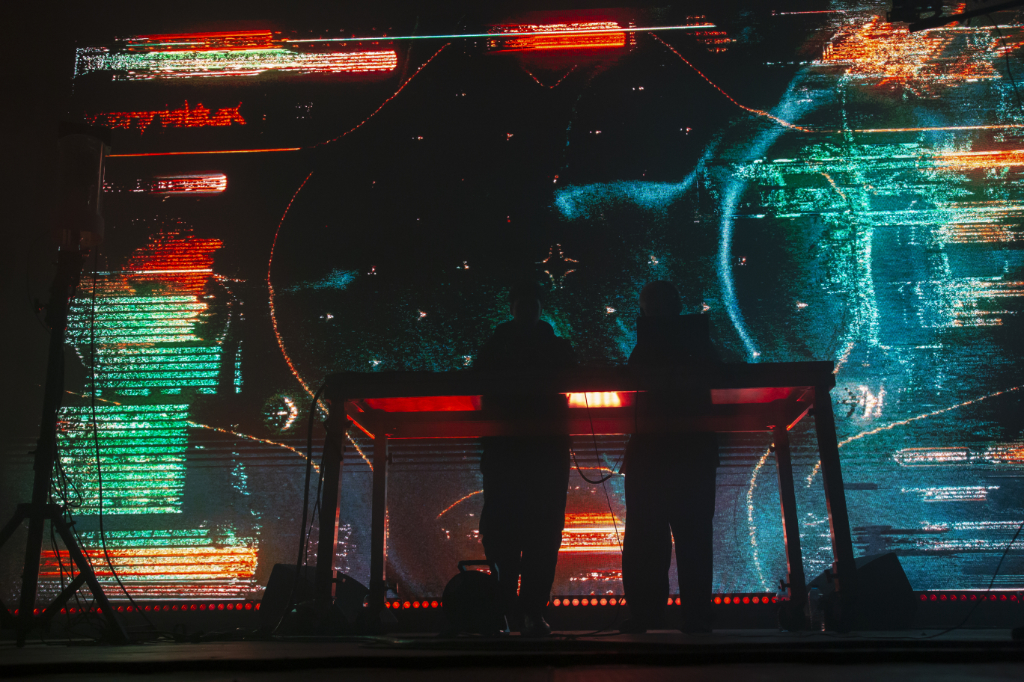
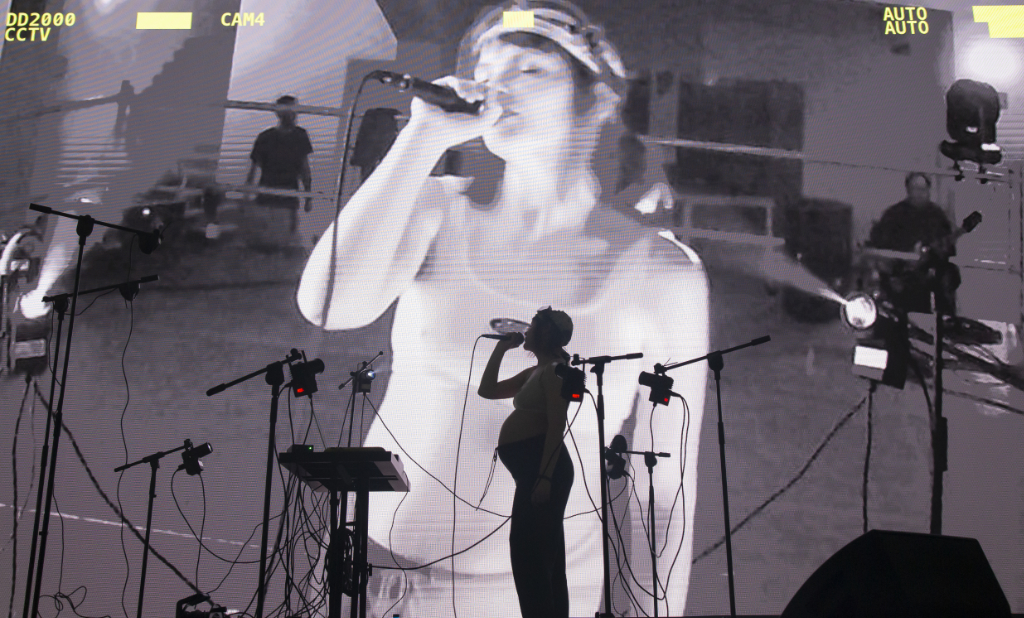
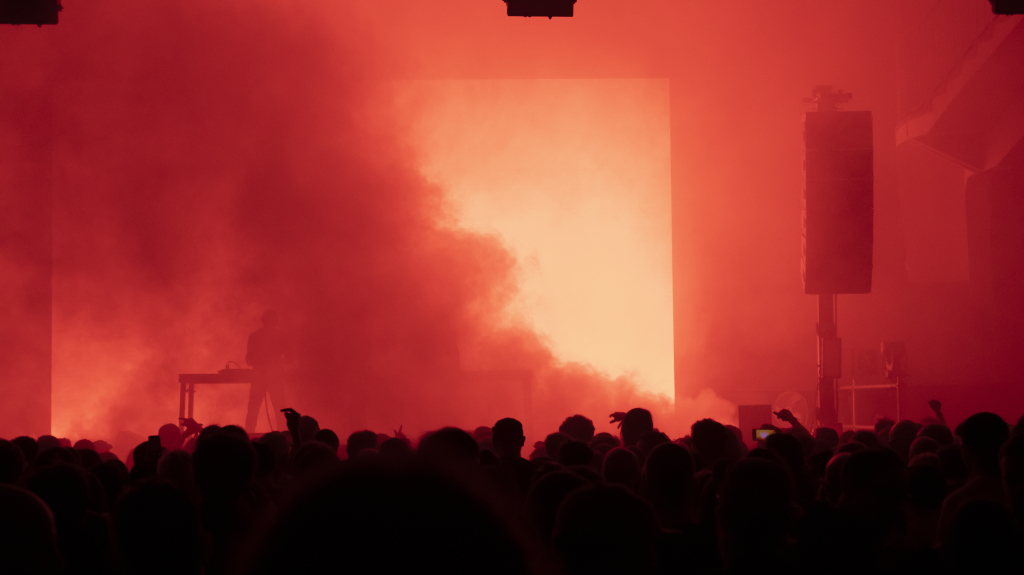
The curators leave many opportunities for the audience to open roads to new worlds by toying with the programme and the different venues where the festival is set. On Saturday, the night’s programme at Laboral Centre started with Babii‘s avant-pop, another wink at subverting expectations and connecting to younger audiences. It was followed by Iglooghost, which continued the tone set by Babii while moving the intensity threshold two notches up.
At this moment, the Laboral’s Nave was fun and games for everyone, and suddenly Amnesia Scanner took the stage to perform the festival’s show. In seconds, surrounded by thick smoke curtains and strobe lighting, they forced us to focus on a magnificent performance of HOAX, the pair of interconnected albums created in collaboration with digital artist Freeka Tet.
To close the night, and against most of what has been written in this article, Cortical —the new project of Sevi Iko Dømochevsky and Daniel Benza— performed a very proper L.E.V. closing. Full of video game-inspired visuals, their rugged, minimal-maximal, breaks-to-techno, syncopated music was a fitting end to a fierce night.
I’m still reminiscing about that moment, Kabeaushé’s ensuing mayhem with all kinds of people merrily joining in a festive mosh pit, and what it made clear: this is why L.E.V. festival is here: to experiment, educate, learn, open roads, and break down walls.

